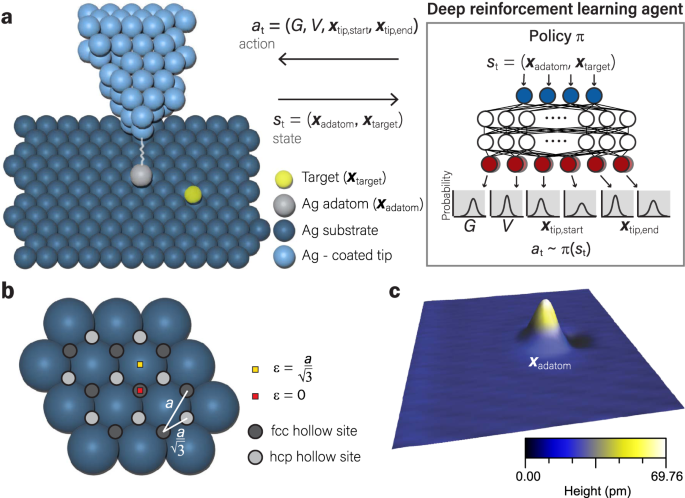2022-12-07 オークリッジ国立研究所(ORNL)
ポリ乳酸と混ぜ合わせると、トウモロコシの茎葉とスイッチグラスから採取した繊維から、3Dプリントに十分な特性を持つバイオコンポジットが得られた。実際、灰の球体があると、押し出し印刷の際の材料の流れがよくなるように見えた。
コーンストーバーバイオコンポジットの灰分を12%まで高めましたが、応力やひずみ耐性、引張強度などの機械的特性は許容範囲内であった。
この研究により、バイオリファイニングで得られる高灰分バイオマス残渣の利用が可能になり、持続可能な燃料や材料の生産コストを下げることができるようになった。
<関連情報>
- https://www.ornl.gov/news/naturally-derived-materials-fit-3d-printing
- https://www.sciencedirect.com/science/article/pii/S2666682022000822
バイオマス灰分がバイオコンポジットの特性に与える影響 Impact of biomass ash content on biocomposite properties
Xianhui Zhao,Oluwafemi Oyedeji,Erin Webb,Sanjita Wasti,Samarthya Bhagia,Holly Hinton,KaiLi,Keonhee Kim,Ying Wang,Hongli Zhu,Uday Vaidya,Nicole Labbé,Halil Tekinalp,Nidia C.Gallego,Yunqiao Pu,Arthur J.Ragauskas,Soydan Ozcan
Composites Part C: Open Access Available online: 20 October 2022
DOI:https://doi.org/10.1016/j.jcomc.2022.100319

Highlights
- •Low-ash biomass for biofuel production and high-ash biomass for biocomposites.
- •Increased ash content slightly decreases switchgrass/PLA composite tensile strength.
- •Increased ash content has minor effect on corn stover/PLA composite tensile strength.
- •Biocomposites have acceptable properties for large-scale 3D printing.
Abstract
Owing to its low cost and sustainable nature, lignocellulosic biomass has been utilized for reinforcing polymers, but it is crucial to understand the impact of high-ash concentrations in biomass on composite strength and processing. Biomass is not only desirable for biofuel production but could also have a strong market, if high-ash biomass is acceptable, for biocomposites. In this work, natural fibers (switchgrass and corn stover) were used to reinforce polylactic acid (PLA) to produce biocomposites. Natural fibers were pretreated to obtain fibers that contain different percentages of ash. The mechanical properties (such as Young’s modulus, tensile strength, failure strain, storage modulus) of corn stover/PLA composites remained largely unaffected by the ash concentration of the biomass fibers, despite the large range of ash contents (2.2–11.9 wt%). However, the tensile strengths of switchgrass/PLA composites were slightly negatively affected by the ash concentration of the switchgrass fibers (0.7–2.1 wt%). Both the switchgrass/PLA and the corn stover/PLA composites exhibited a high-enough tensile strength (49–57 MPa) and suitable complex viscosity (2.0−7.0 kPa·s at the frequency of 3.2 rad/s). They are expected to be 3D-printable through an extrusion-based additive manufacturing process.



